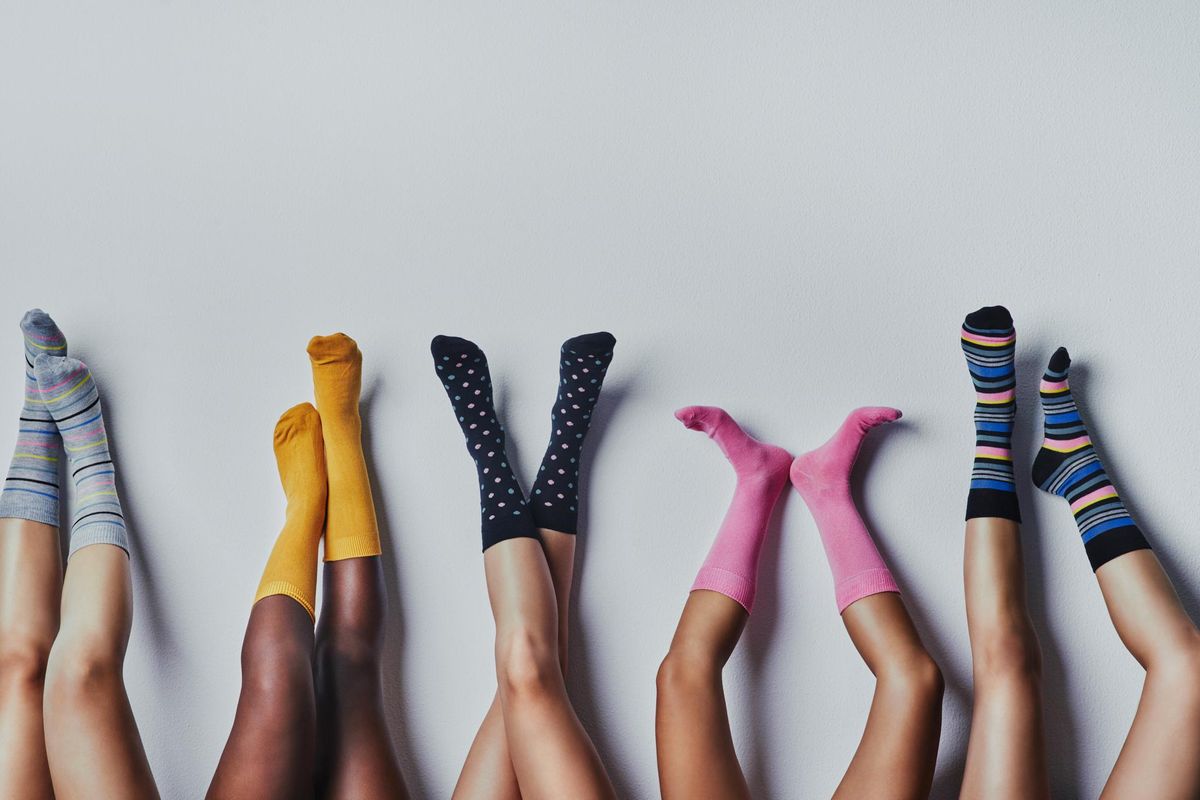By Zachary Gillen, Mississippi State University

Curious Kids is a series for children of all ages. If you have a question you'd like an expert to answer, send it to curiouskidsus@theconversation.com.
What happens when your foot falls asleep? – Helen E., age 8, Somerville, Massachusetts
Imagine you've just sat down to watch your favorite TV show. You decide to snuggle in with your legs crisscrossed because you find it more comfortable that way.
When the episode ends, you try to stand up and suddenly your right foot isn't working. At first you just can't move it, then it feels like it has pins and needles all over it. For a minute or two it feels uncomfortable and weird, but soon enough you are able to stand up and walk around normally.
What just happened?
I'm an exercise physiologist – a scientist who studies what happens to our bodies when we move and exercise. The goal of much of my research has been to understand how the brain talks to and controls the different parts of our bodies. When your foot falls asleep, there is something wrong with the communication between your brain and the muscles in that area.
Every time you decide to move your body, whether it's standing up, walking around or playing sports, your brain sends signals to your muscles to make sure they move correctly. When the brain is unable to talk with a muscle or groups of muscles, some weird things can happen – including that part of your body getting that weird falling-asleep sensation.
An animation explains how the nervous system works.
It usually starts with a sense of numbness or tingling in that area. This sensation, which people often also call “pins and needles," is technically known as paresthesia.
Some people mistakenly think a lack of blood flow causes this feeling. They imagine the “asleep" feeling happens when your blood, which carries nutrients all over your body, is unable to get to your foot. But that's not right.
When your foot falls asleep, it's actually because the nerves that connect the brain to the foot are getting squished thanks to the position you're sitting in. Remember, it's these nerves that carry messages back and forth to let your brain and your foot communicate with each other. If the nerves have been compressed for a little while, you won't have much feeling in your foot because it can't get its normal messages through to your brain about how it feels or if it's moving.
Once you start to move around again, the pressure on the nerves is released. They “wake up" and you'll start to notice a “pins and needles" feeling. Don't worry, that feeling will only last for a few minutes and then everything will feel normal again.
Now comes the important question: Is this dangerous? Most of the time, when your foot, or any other body part, falls asleep, it is temporary and nothing to worry about. In fact, since it lasts for only a minute or two, you may not even remember it happened by the end of the day.
Even though it's not causing any permanent damage, you might still want to avoid the uncomfortable feeling that comes when your foot falls asleep. Here are a couple of tips that may help:
- Switch your position often.
- Don't cross your legs for very long.
- When you are sitting for a long time, try standing up every so often.
You probably can't 100% prevent your foot from ever falling asleep. So don't worry when it happens every once in a while. It'll go away pretty quickly – and maybe it can remind you of all the important brain messages your nerves are usually transmitting without your even noticing.
Hello, curious kids! Do you have a question you'd like an expert to answer? Ask an adult to send your question to CuriousKidsUS@theconversation.com. Please tell us your name, age and the city where you live.
And since curiosity has no age limit – adults, let us know what you're wondering, too. We won't be able to answer every question, but we will do our best.![]()
Zachary Gillen, Assistant Professor of Exercise Physiology, Mississippi State University
This article is republished from The Conversation under a Creative Commons license. Read the original article.






